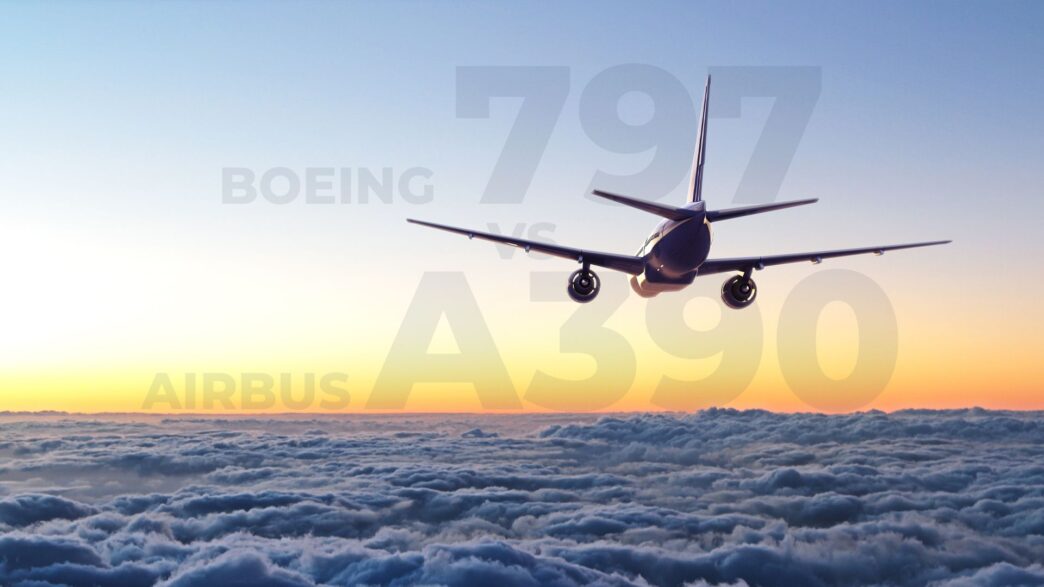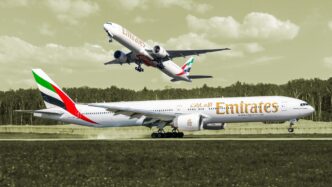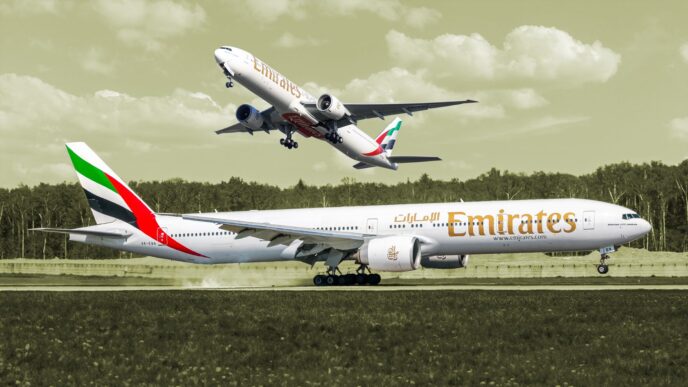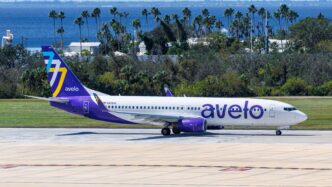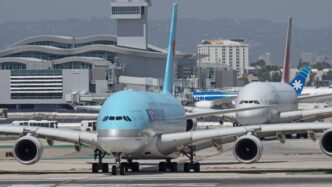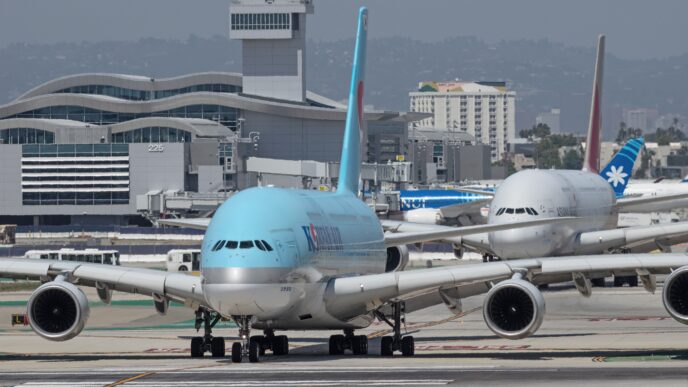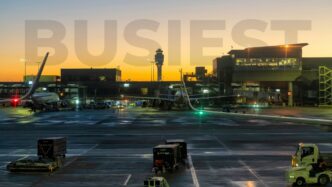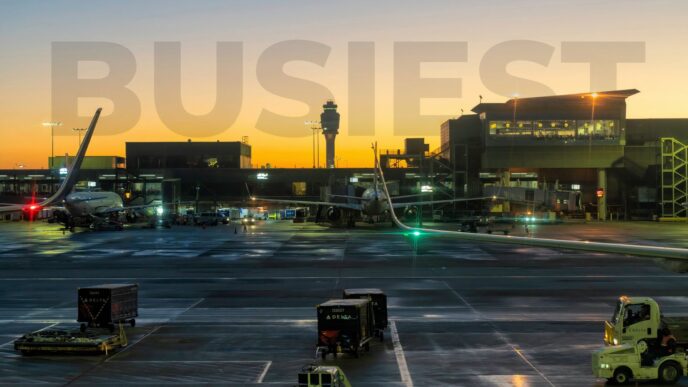As the aviation industry gears up for future growth, the global fleet of passenger and cargo planes is set to almost double by 2044. Airbus anticipates that over 34,000 narrowbody aircraft will be operational, alongside nearly 10,000 widebody planes, particularly at major international hubs and in the bustling Asia-Pacific region. According to Airbus’ Global Market Forecast for 2025-2044, the aviation sector is on track for steady expansion over the next two decades. This growth is driven by a surge in passenger demand, especially in Asia and the Middle East, which is expected to lead to more sustainable and efficient global air travel. Over the next 20 years, the industry is projected to require 43,420 new passenger and cargo aircraft to support this growth and replace older, less fuel-efficient models. Air travel is a cornerstone of the global economy, contributing significantly to GDP and creating millions of jobs. To maintain this momentum, Airbus emphasizes the need for the aerospace sector to introduce more fuel-efficient aircraft as soon as possible.
In the realm of aviation speculation, the idea of an “Airbus A390” has captured the imagination of enthusiasts and industry insiders alike. This hypothetical aircraft is envisioned as a successor to the discontinued A380, potentially featuring innovative elements like large winglets, powerful engines, or even hydrogen propulsion. However, Airbus has not announced any plans to develop an A390. Instead, the company is focusing on enhancing existing models like the A320 and A350. The gap left by the A380 is being filled by other aircraft, such as the A350-1000 and Boeing’s upcoming 777X. Emirates, the largest operator of the A380, has shown keen interest in a new “A380neo.” Emirates president Sir Tim Clark has been vocal about his desire for Airbus to revive the giant aircraft, suggesting a design that could be 25% cheaper to operate and more fuel-efficient. However, Airbus has humorously responded that such a project would require a hefty €20 billion investment.
While Emirates remains hopeful for a new superjumbo, the rest of the aviation world is moving towards more economical twin-engine jets. The COVID-19 pandemic accelerated the retirement of the last Boeing 747s in passenger service and led many A380 operators to phase out their fleets. As the industry evolves, the focus is on efficiency and sustainability, with twinjets leading the charge in the post-pandemic era.
#AviationGrowth #AirbusFuture #SustainableFlying
Originally reported by Simple Flying Read More

